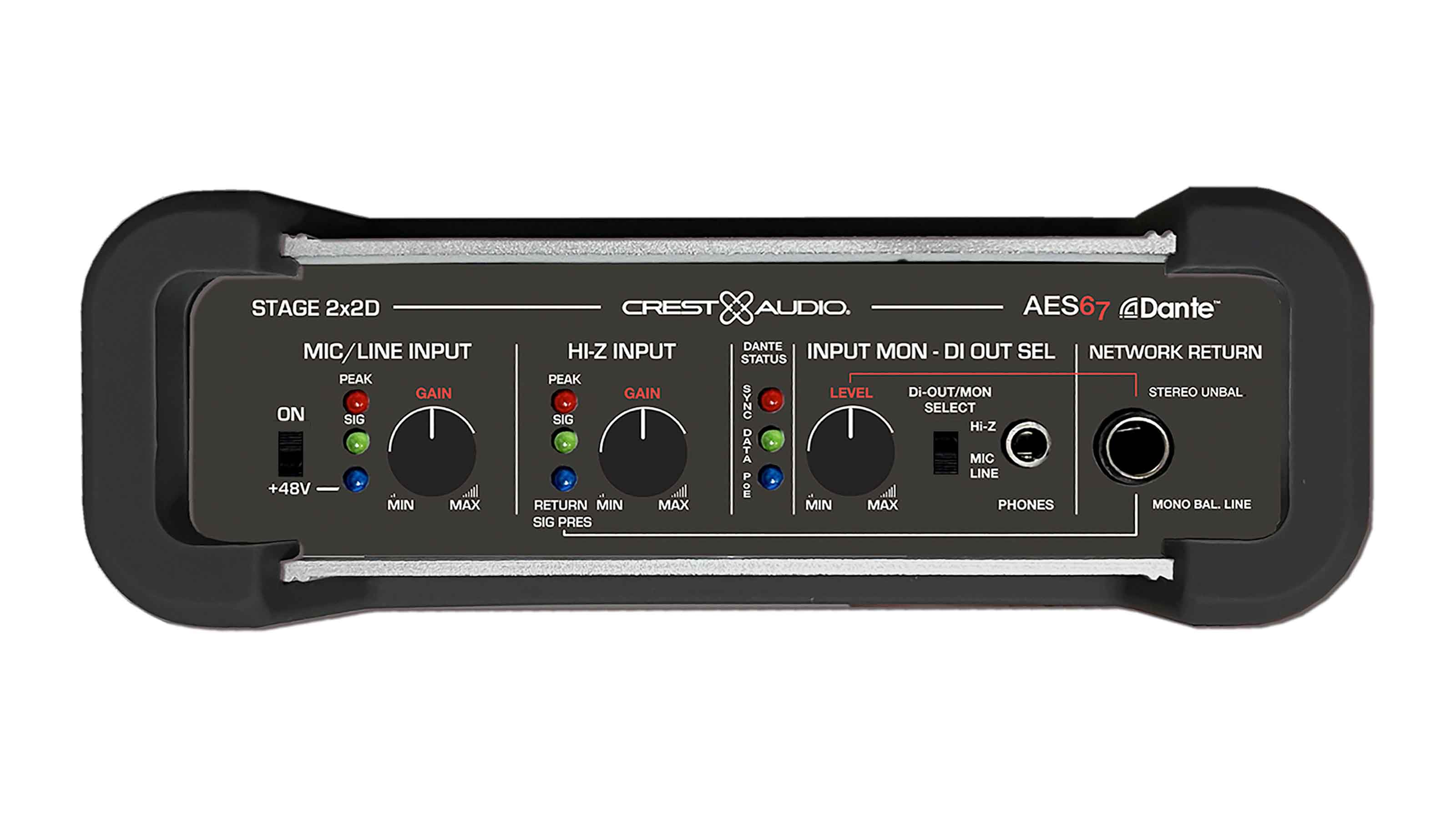Hearing Is Believing
A demonstration of Meyer Sound's new Constellation Electroacoustic Architecture system at the company's Berkeley, CA headquarters offers an insight into how performance spaces will be used in future -- and how our industry might deal with a reduction in available wireless mic frequency bandwidth.
I had heard about Constellation a while back, and was intrigued to hear such a potentially powerful new electroacoustic tool for the first time. A highly flexible and configurable system, Constellation combines custom-designed, miniature microphones, LCS signal processing technology, and Meyer Sound powered loudspeakers to provide increases in reveberation time -- without the use of costly, cumbersome, or architecturally unacceptable physical acoustic treatments.
Unlike most product demos, this one did not start with a description of the technology. Instead, founders Helen and John Meyer merely took to the stage of their Berkeley facility's Pearson Theatre, and introduced their company to an invited post-InfoComm audience of distributors and media. It was only when John Meyer touched a screen to change settings that we realized we had all been listening to Constellation from the beginning. A subtle increase in RT had enabled everyone in the room to hear everyone else with great clarity and intelligibility, regardless of their position in the Theatre, or whether or not their backs were turned to their audience.
The difference was subtle because the Pearson Theatre needs only a slight increase in RT for the spoken word to be carried more effectively. But depending on the amount of technology used, much larger increases can be achieved, enabling the creation of a variety of acoustics suited to everything from amplified pop and rock to orchestral ensembles, organ music, and choirs. So, a typical modern multi-purpose space with a low RT can easily be turned into something more akin to a gothic cathedral for a performance of madrigals -- and then just as easily turned back again.
There is far more to Constellation than reverberation time. The system is capable of addressing a range of other acoustic objectives, such as intimacy, loudness, clarity, and warmth. Part of the reason it works so well is that it is largely invisible -- both visually and aurally. This has cost implications which may, initially, restrict its application to performance venues. But other spaces such as conference halls and classrooms will also benefit in time.
As John Meyer explained to me after the demonstration: "We don't want our solution to be visible, we don't want the audience to be able to locate the sound source -- we want them to enjoy the concert. Initially it's expensive to do, and that's why we're looking at theaters and concert halls. But the cost will come down, and there will definitely be other applications."
So, as well as making performances more enjoyable for musicians and audiences alike, Constellation has the potential to refresh corporate, government, or college meetings, which will no longer lose momentum as a wireless mic is passed nervously from one inexperienced user to the next.
A daily selection of the top stories for AV integrators, resellers and consultants. Sign up below.
"Potentially this is a way out of the wireless frequency problem," reckons Meyer. "Wireless is not a good technology for schools, and never has been."
The AVNetwork staff are storytellers focused on the professional audiovisual and technology industry. Their mission is to keep readers up-to-date on the latest AV/IT industry and product news, emerging trends, and inspiring installations.
